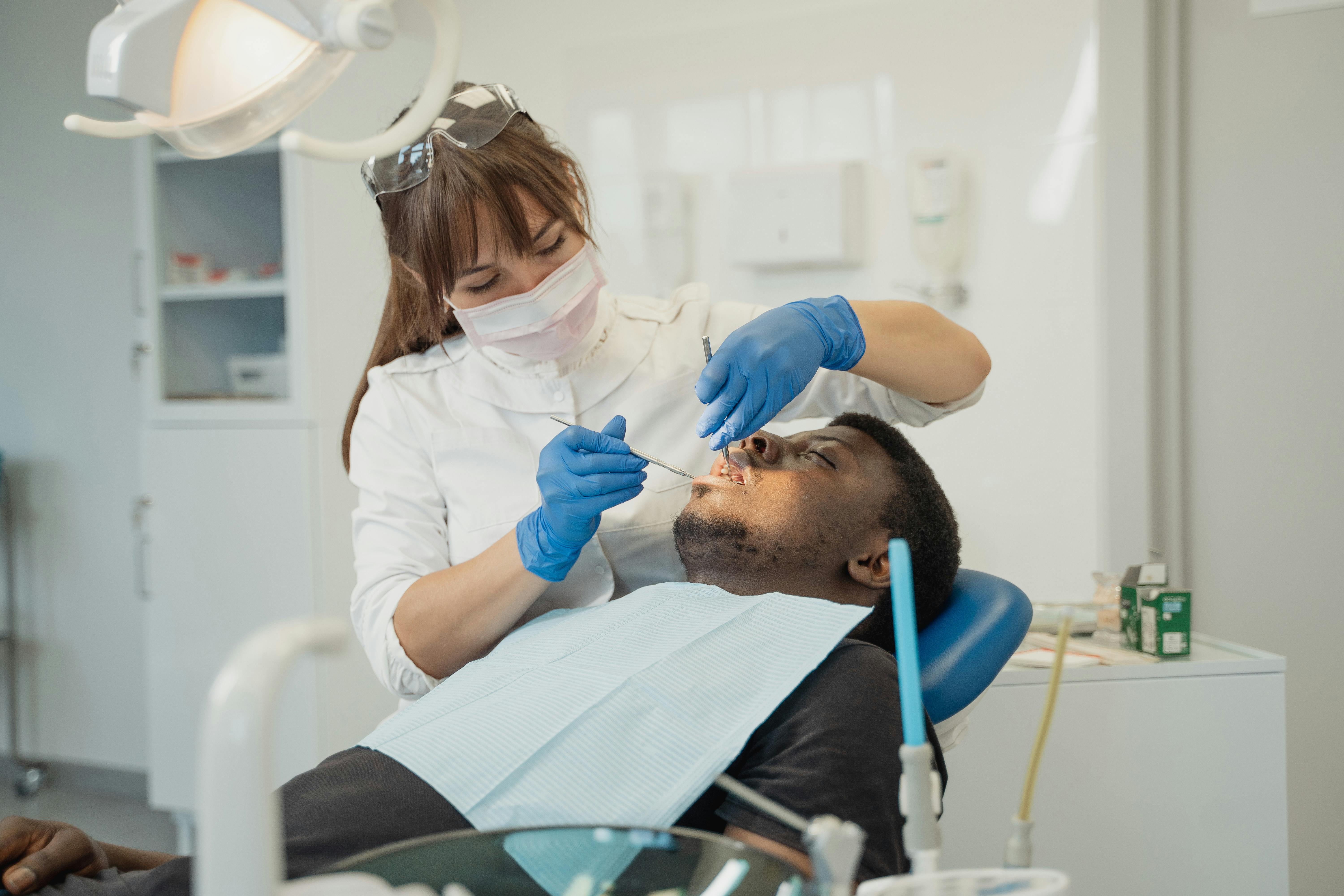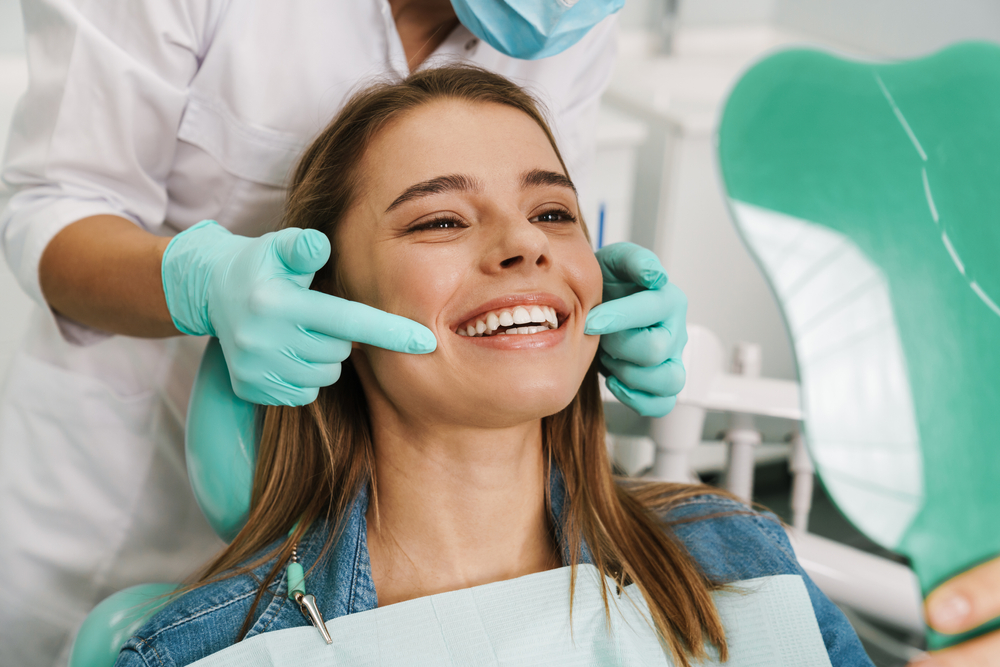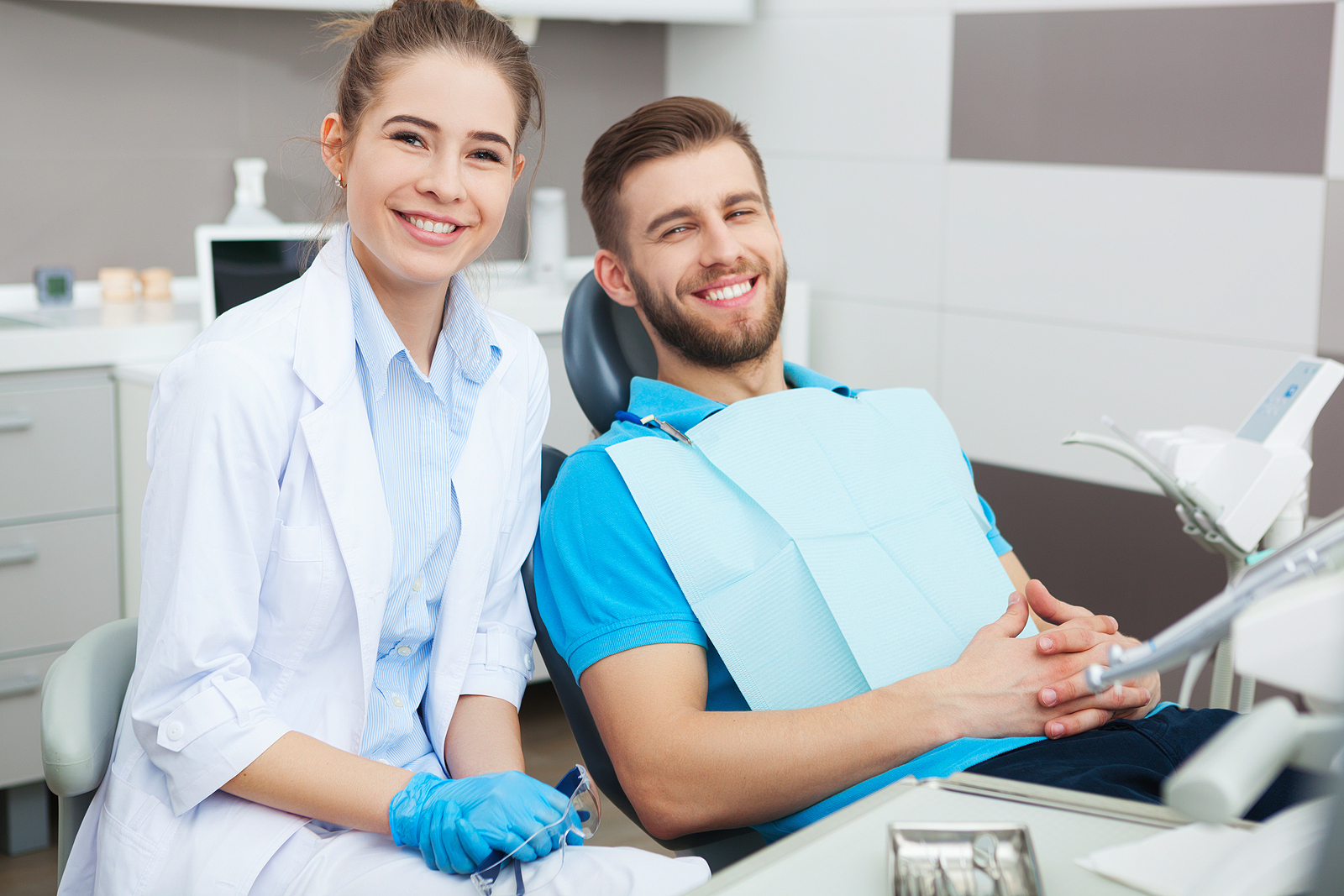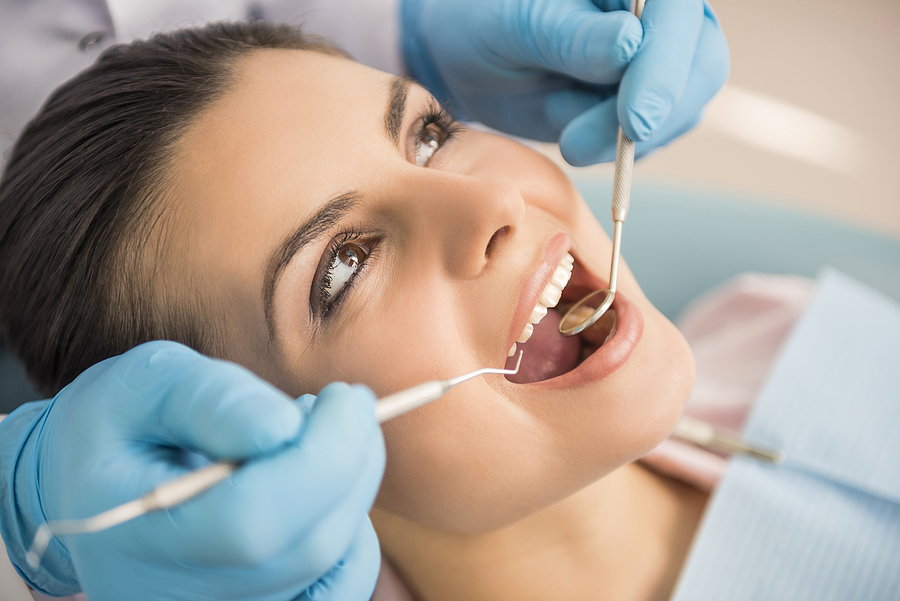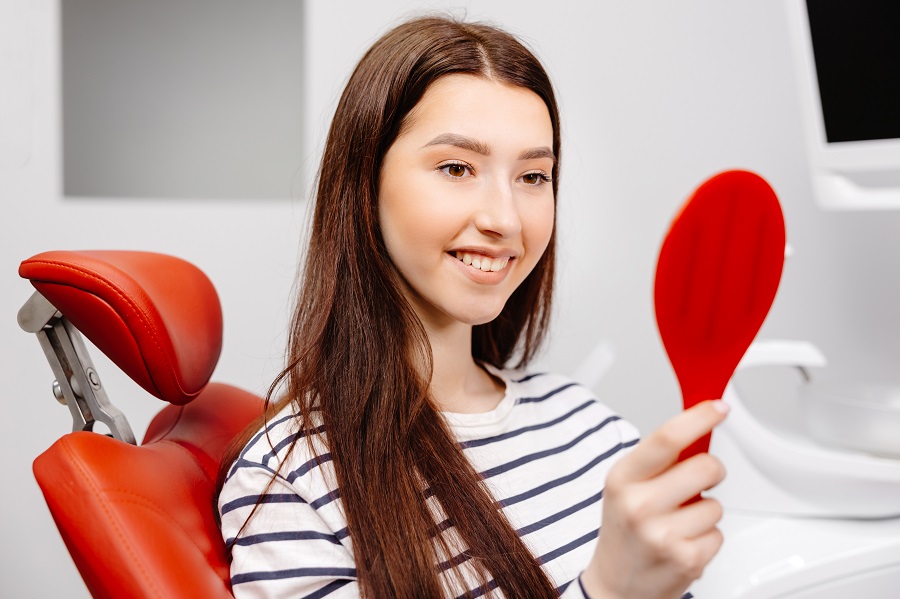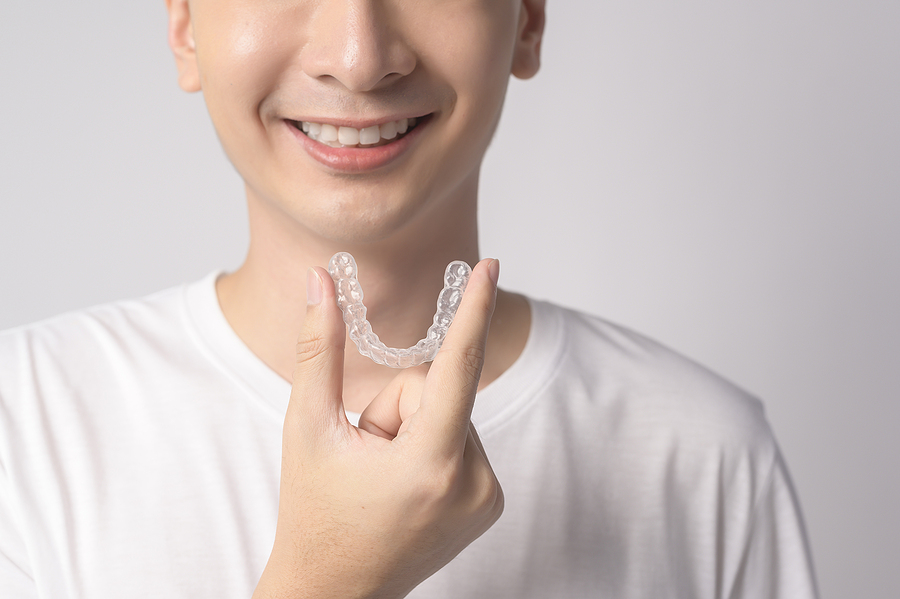Common orthodontic issues include crowded teeth, spacing problems, overbites, underbites, crossbites, open bites, misaligned jaws, and impacted teeth. These issues can lead to difficulties in chewing, speaking, maintaining oral hygiene, discomfort, and aesthetic concerns. Treatments such as traditional braces and clear aligners like Invisalign are used to move teeth into proper positions gradually. Severe cases may require orthognathic surgery, while palatal expanders can widen the jaw, and retainers maintain alignment post-treatment. Habit appliances address behaviors like thumb-sucking and tongue-thrusting. The benefits of fixing these issues include improved oral health, better function, enhanced appearance, easier maintenance of hygiene, and boosted self-confidence, contributing to overall well-being. Early intervention and tailored treatment plans by the orthodontist in Farmington, UT, ensure the best outcomes for long-term oral health.
Common Orthodontic Issues
Crowded Teeth
Crowded teeth usually occur when there is insufficient space in the jaw for all the teeth to fit. This can cause teeth to overlap, twist, or become displaced.
Symptoms
- Overlapping or twisted teeth
- Difficulty flossing and brushing properly
- Increased risk of tooth decay and gum disease due to plaque buildup
Spacing Issues
Spacing issues refer to gaps between teeth that are too wide or too narrow. This can occur naturally or due to missing teeth.
Symptoms
- Noticeable gaps between teeth
- Food getting stuck in gaps
- Speech difficulties
Overbite
An overbite, or deep bite, occurs when the upper front teeth overlap the lower front teeth. This can lead to excessive wear on the lower teeth and jaw discomfort.
Symptoms
- Excessive overlap of the upper front teeth
- Wearing down of lower teeth
- Jaw pain or discomfort
Underbite
An underbite occurs when the lower teeth extend beyond the upper teeth. This can cause difficulty chewing and speaking and may lead to jaw pain.
Symptoms
- Lower teeth extending beyond upper teeth
- Difficulty chewing and biting
- Jaw discomfort or pain
Crossbite
A crossbite occurs when one or more upper teeth bite inside the lower teeth. This can affect both the front and back teeth and may cause uneven wear on the teeth and jaw problems.
Symptoms
- Misaligned bite where upper teeth bite inside lower teeth
- Uneven wear on teeth
- Jaw pain or asymmetry
Open Bite
An open bite occurs when the upper and lower teeth do not meet when the mouth is closed. This can be caused by thumb sucking, tongue thrusting, or genetics.
Symptoms
- A gap between the upper and lower teeth when the mouth is closed
- Difficulty biting and chewing
- Speech problems, such as a lisp
Misaligned Jaw
Misaligned jaws, or jaw discrepancies, occur when the upper and lower jaws do not align correctly. This can lead to functional problems and affect facial aesthetics.
Symptoms
- Difficulty chewing and biting
- Jaw pain or discomfort
- Facial asymmetry
Impacted Teeth
Impacted teeth occur when teeth are unable to emerge properly through the gum line. This is most common with wisdom teeth but can also affect other teeth.
Symptoms
- Pain or swelling in the gums
- Difficulty opening the mouth
- Crowding of nearby teeth
Orthodontic Treatment Methods
Traditional Metal Braces
Traditional metal braces are the most common type of braces. They consist of metal brackets attached to the teeth and connected by wires and rubber bands. Metal braces are highly effective for treating a wide range of orthodontic issues. They are durable and can be customized with colored bands for a more personalized look.
Ceramic Braces
Ceramic braces are similar to metal braces but use clear or tooth-colored brackets, making them less noticeable. Ceramic braces are less visible than metal braces, making them a popular choice for adults and teens concerned about aesthetics. Contact us today!
Lingual Braces
Lingual braces are attached to the teeth' back (lingual) surfaces, making them virtually invisible from the front. As such, they offer a discreet treatment option and are effective for treating complex orthodontic issues.
Clear Aligners
Clear aligners like Invisalign are removable, transparent trays that gradually move teeth into alignment. Clear aligners are virtually invisible and can be removed for eating, drinking, and oral hygiene. They are comfortable and convenient, with no metal brackets or wires.
Palatal Expanders
Palatal expanders are devices used to widen the upper jaw, creating more space for tooth alignment. They are effective for correcting crossbites and crowding, especially in growing children, and they can prevent the need for more extensive orthodontic treatment later on.
Retainers
Retainers are custom-made devices used by the orthodontist at Advanced Dental Specialty Group to maintain teeth's position after braces or aligners are removed. They help prevent teeth from shifting back to their original positions, ensuring the long-term success of orthodontic treatment.
Orthognathic Surgery
Orthognathic surgery involves surgical repositioning of the jaws to correct severe bite and alignment issues. Surgery can provide a permanent solution for complex orthodontic problems that cannot be corrected with braces or aligners alone. It can also improve facial aesthetics and function.
The Benefits of Orthodontic Treatment
- Straight teeth are easier to clean, reducing the risk of cavities, gum disease, and other dental problems. Properly aligned teeth also minimize abnormal wear on tooth surfaces.
- Orthodontic treatment in Farmington, UT, can dramatically improve the appearance of your smile. Correcting alignment issues leads to a more symmetrical and attractive smile, boosting confidence and self-esteem.
- Properly aligned teeth and jaws improve your ability to chew, speak, and even breathe. Orthodontic treatment can alleviate strain on the jaw muscles and reduce the risk of temporomandibular joint (TMJ) disorders.
- Addressing orthodontic issues early can prevent more severe dental problems in the future. Proper alignment reduces the risk of tooth trauma, abnormal wear, and other complications.
Visit Advanced Dental Specialty Group at 1838 N. 1075 W Suite 100, Farmington, UT 84025, or call (801) 923-1011 to discover personalized treatment options to improve oral health and boost confidence. Whether you need braces, Invisalign, or other orthodontic solutions, we're here to help you achieve a beautiful, healthy smile.
Advanced Dental Specialty Group
Location
1838 N. 1075 W Suite 100, Farmington, UT 84025
(801) 923-1011Email Us
utahdentalspecialists@gmail.com
At Advanced Dental Specialty Group, we strongly suggest that our newer patients properly prepare for their first appointment.
- MON8:00 am - 5:00 pm
- TUE - WEDClosed
- THU8:00 am - 5:00 pm
- FRI - SUNClosed



